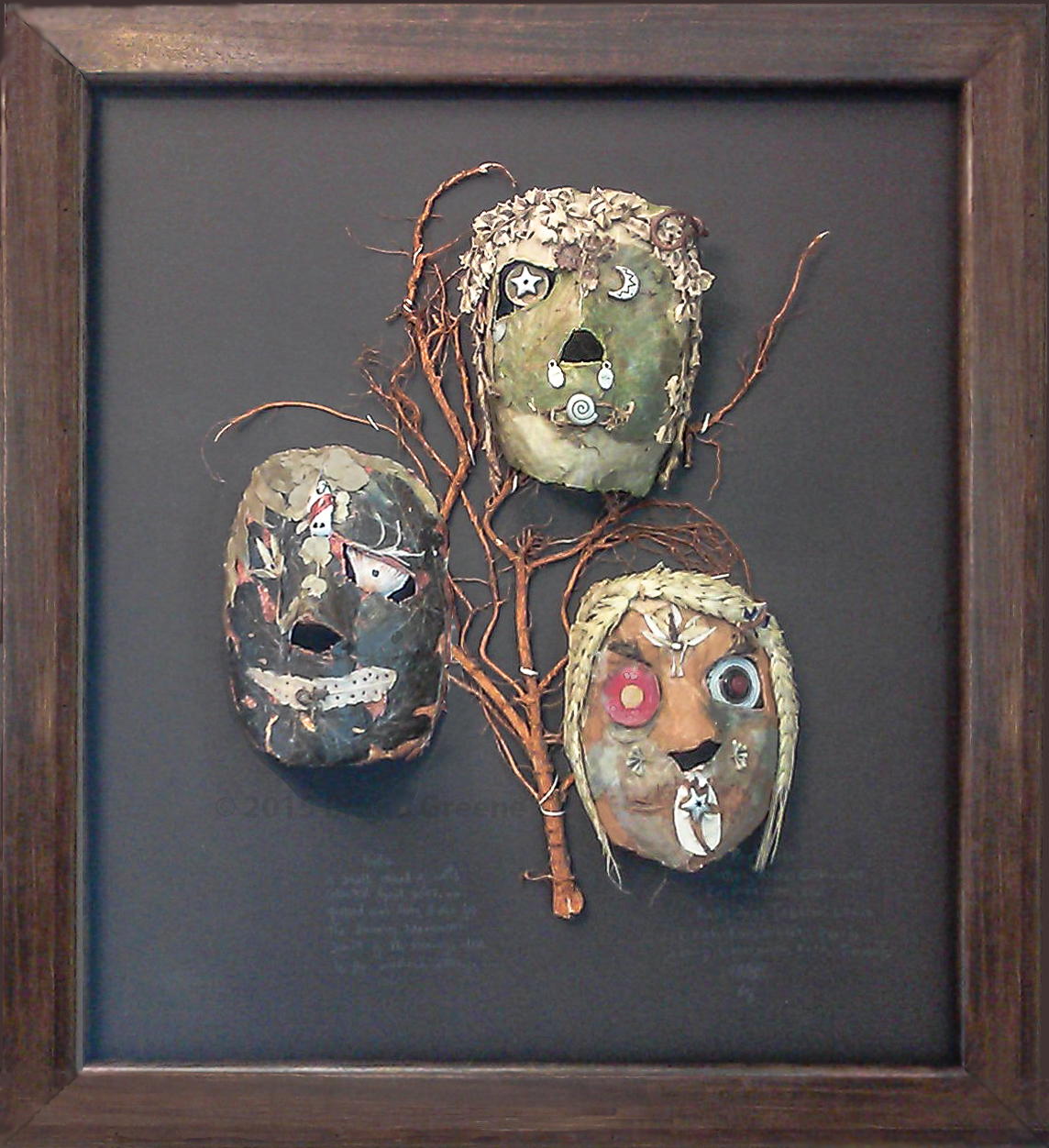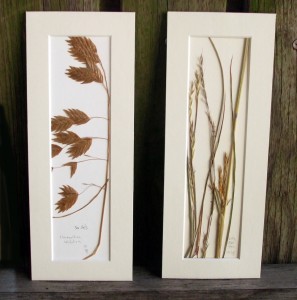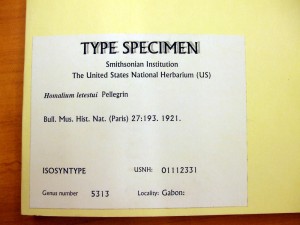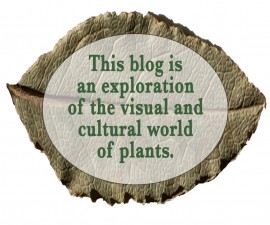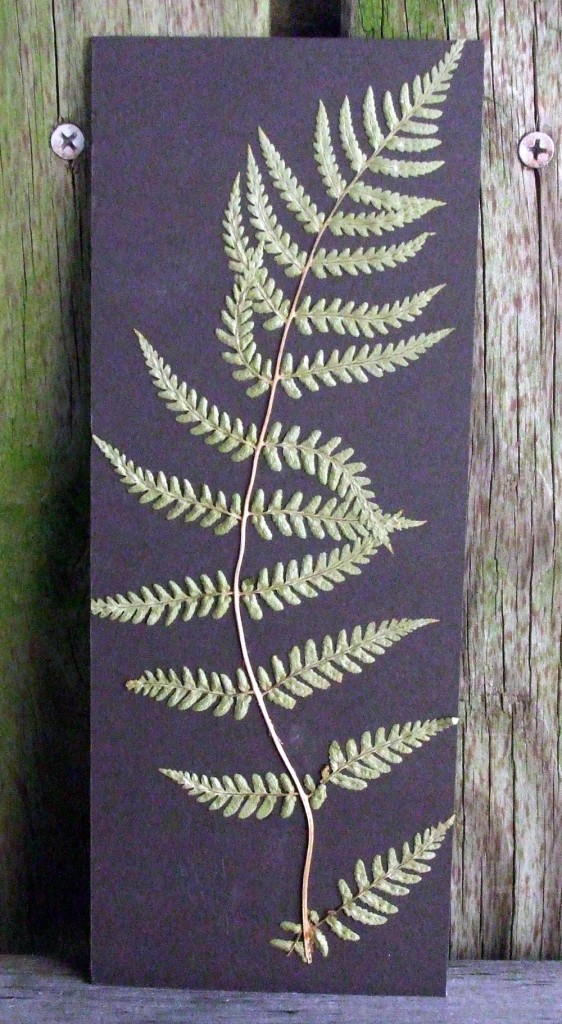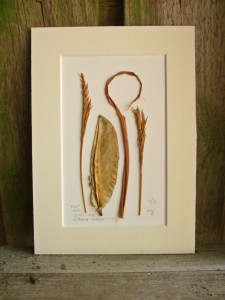 Native tallgrasses have always thrived in the Flint Hills. The rocky terrain has prevented plant based farming, so native plants (at least those not displaced by invasives like Bush Honeysuckle) have perpetuated through centuries of droughts, floods, wildfires and controlled burns.
Native tallgrasses have always thrived in the Flint Hills. The rocky terrain has prevented plant based farming, so native plants (at least those not displaced by invasives like Bush Honeysuckle) have perpetuated through centuries of droughts, floods, wildfires and controlled burns.
Milkweed occurs frequently among the grasses in the prairies. Monarch butterflies depend on (and can’t exist without) milkweed. I’ve tried to cultivate it and can’t. (I hate it when I’m at an intersection in the late summer and see the Monarchs fluttering aroung – it’s like they know the flowers they need used to be there.)
In the winter, as the fallen seedpods begin to disassemble and deteriorate in the elements, the inner linings of the seedpod separate from the casings.
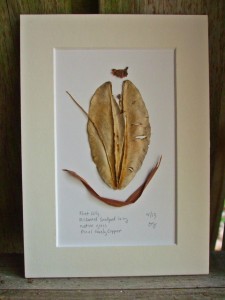
The innermost surface of the seedpod is shiny and metallic. It’s quite extraordinary. I’m still trying to find an appropriate way to appreciate the pieces I found.
This post shows two small pieces of seedpod lining with prairie grasses.

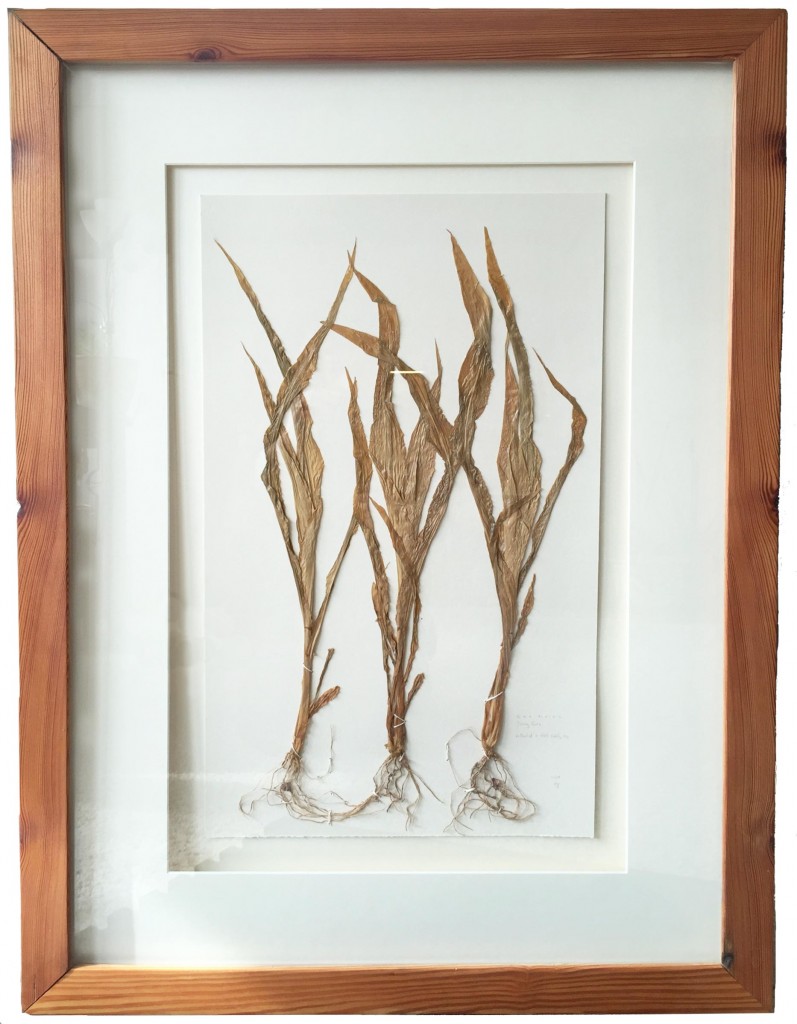
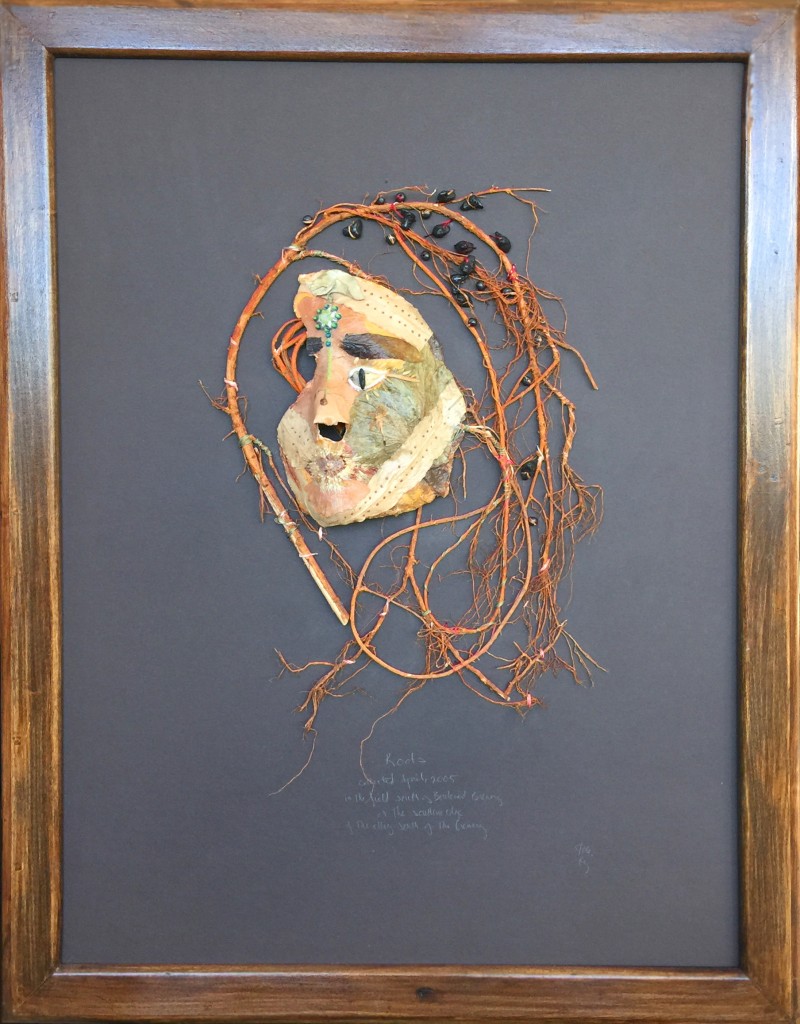 There are so many disparate elements in the finished piece, the self-portrait as it is now might be best called “an organic compound.”
There are so many disparate elements in the finished piece, the self-portrait as it is now might be best called “an organic compound.”